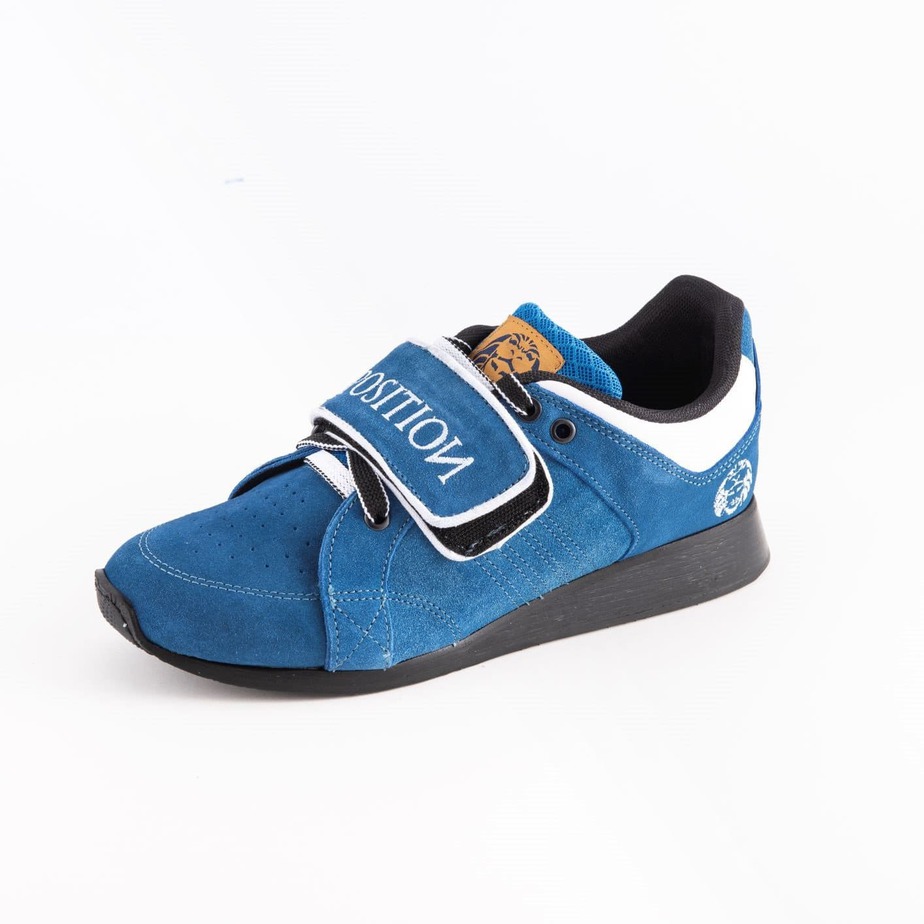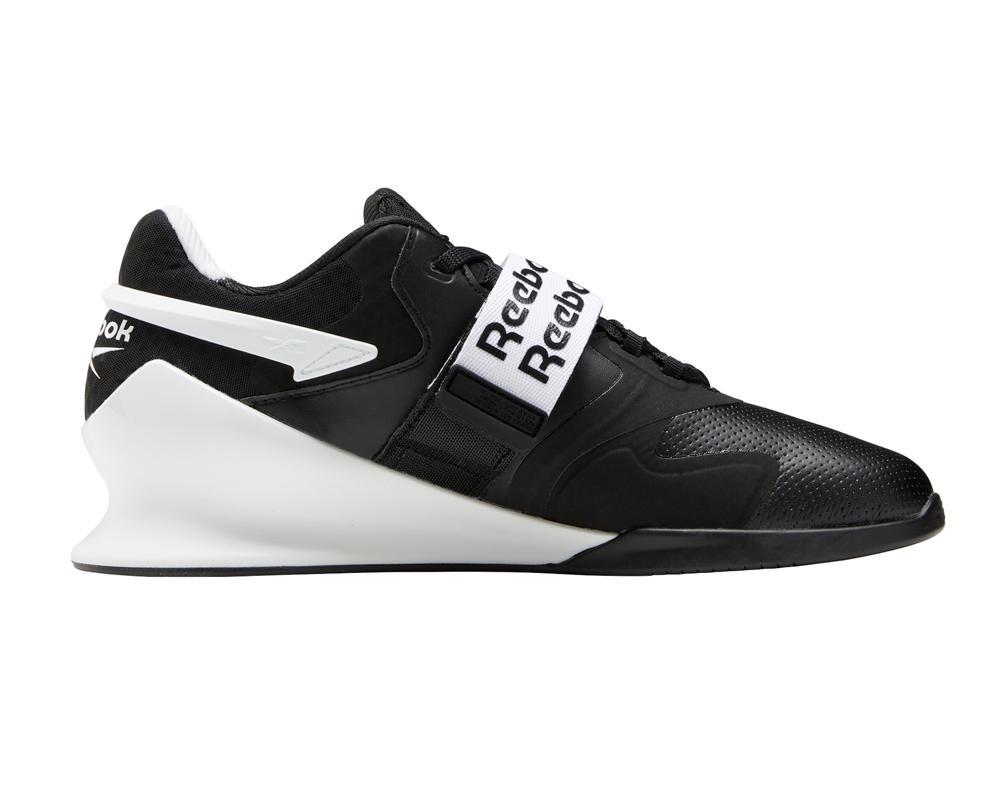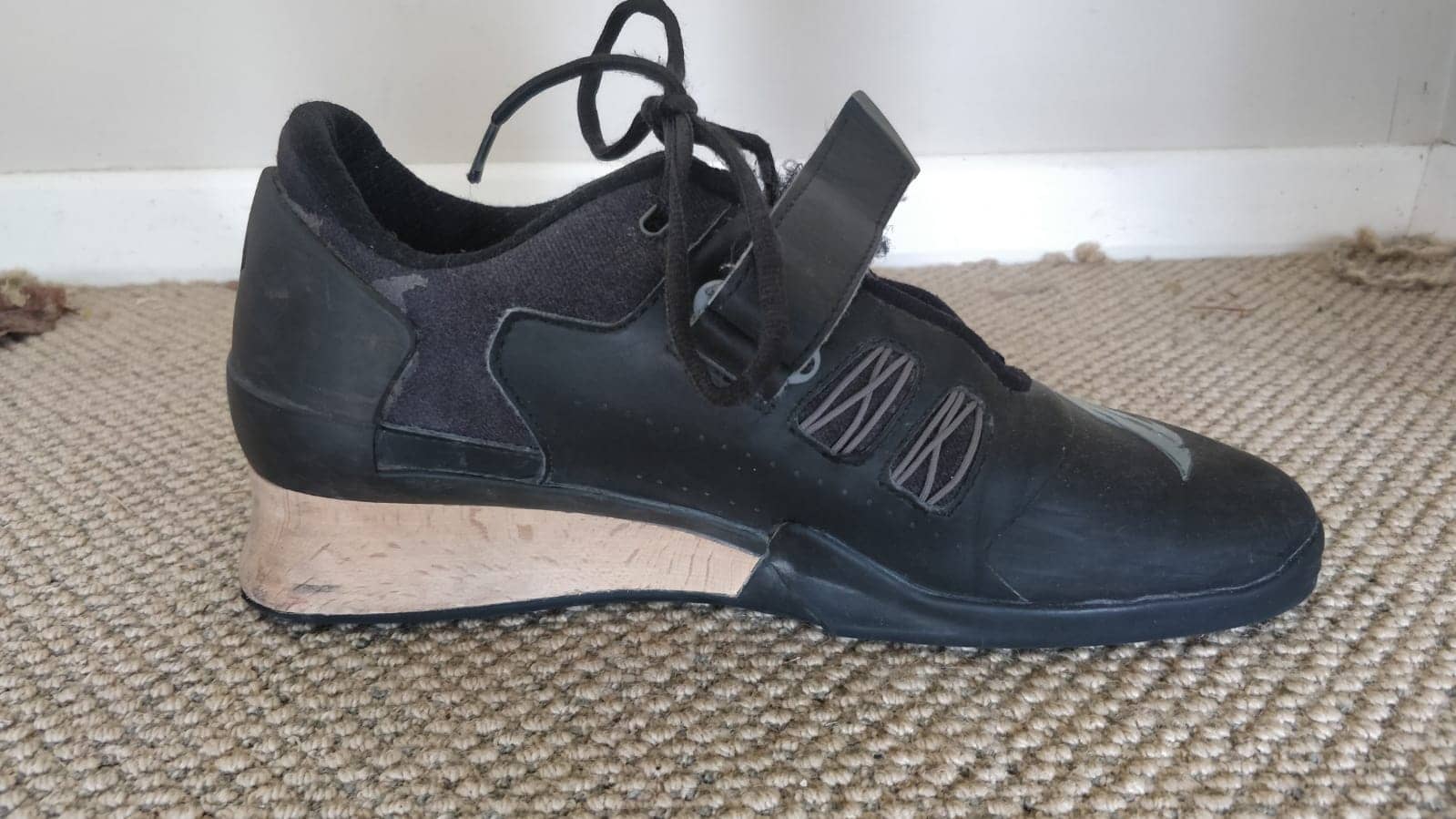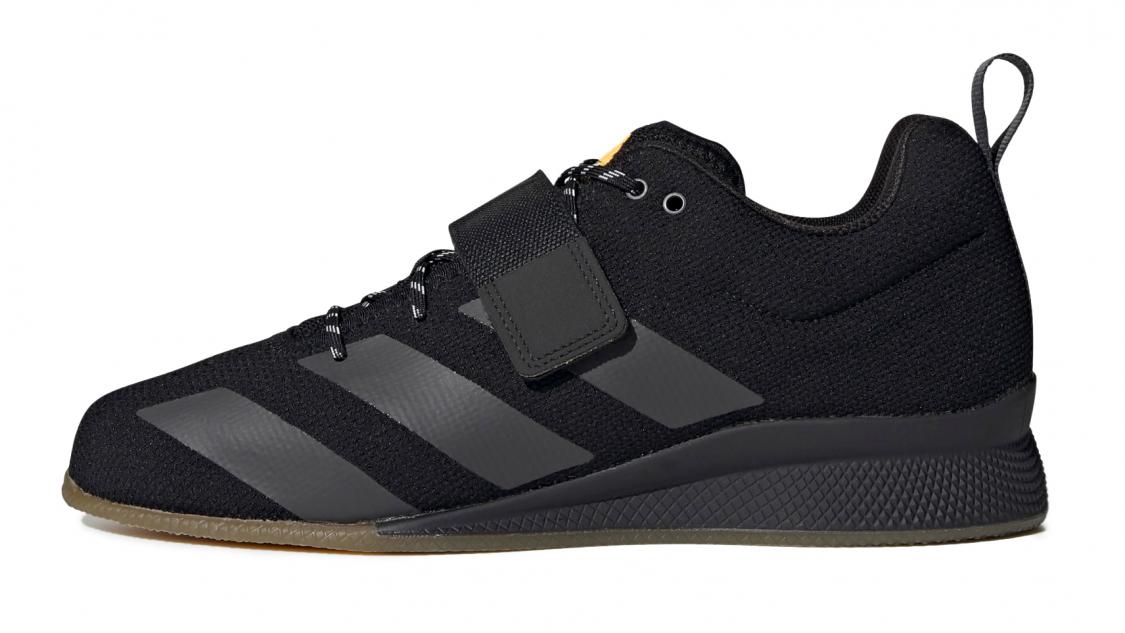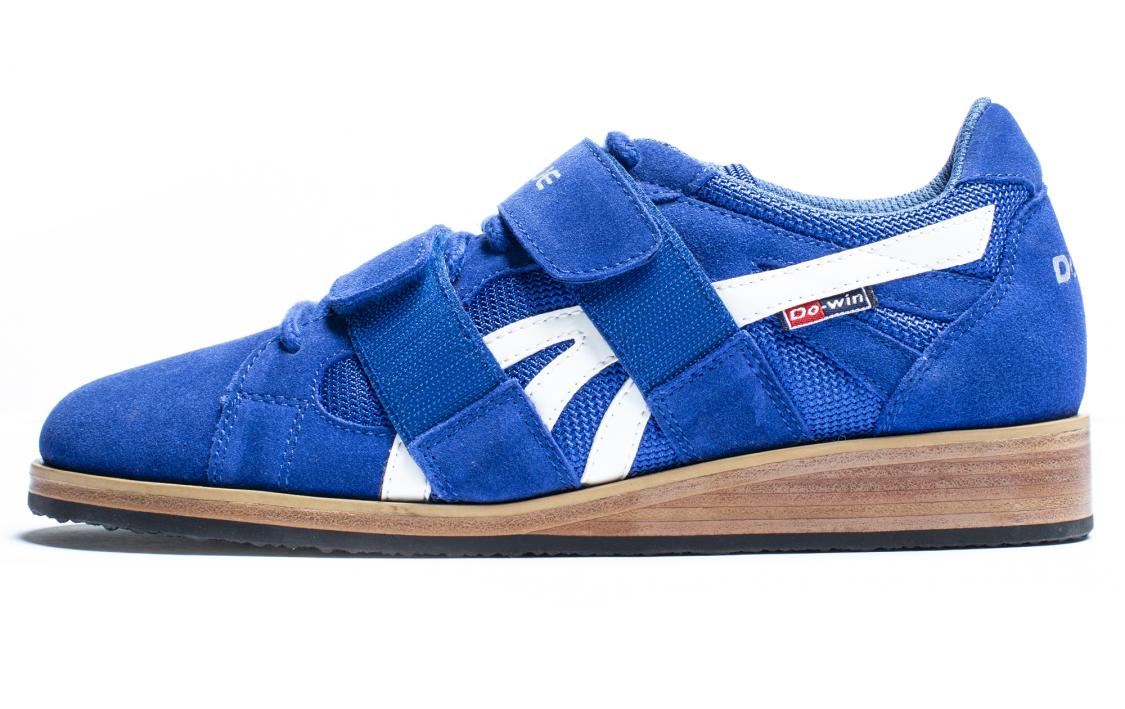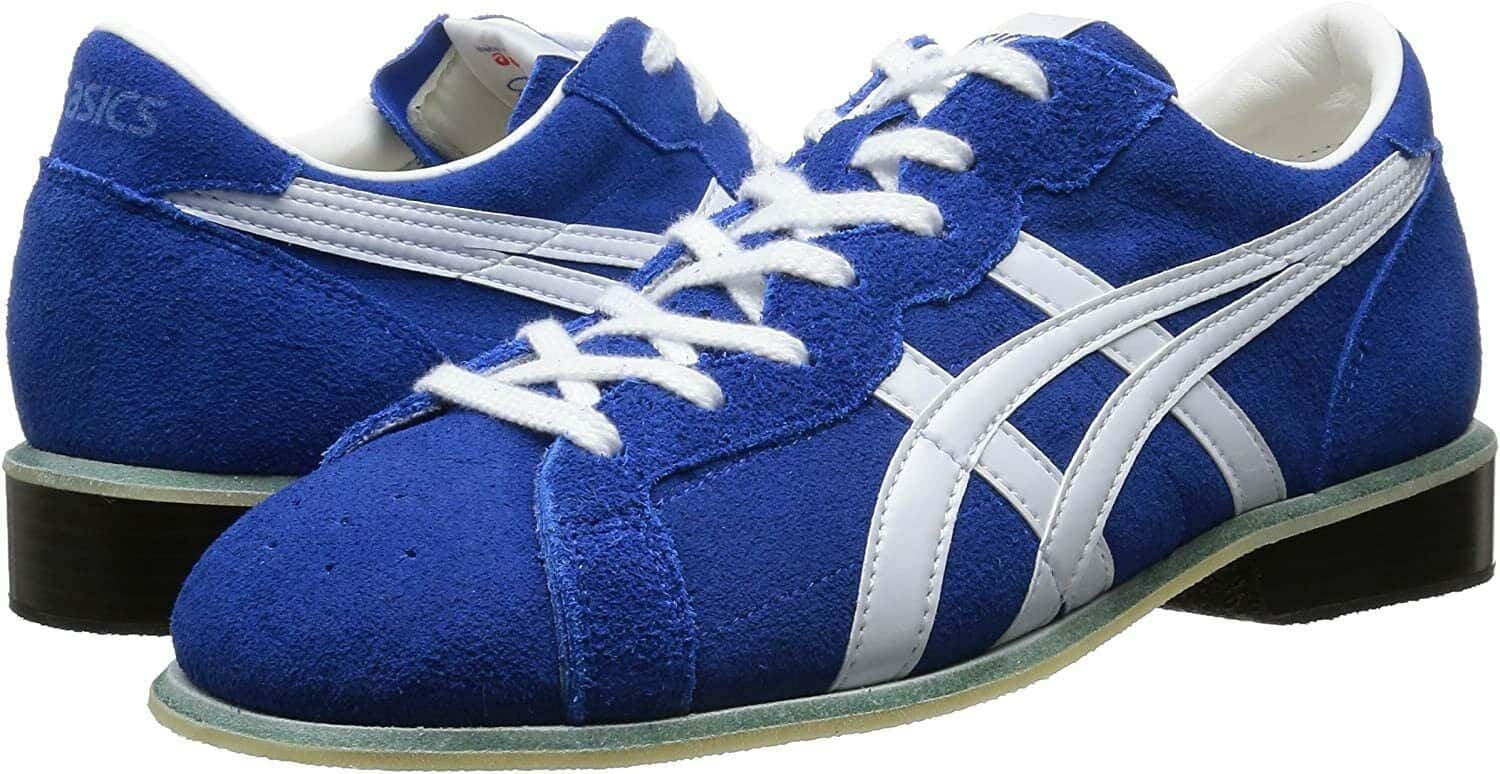So, you’re after an Olympic Weightlifting shoe with the highest or lowest heel. Many websites don’t even list the heel heights of the Weightlifting shoes they sell making it difficult to choose which shoe is perfect for you.
The Olympic Weightlifting shoes with the highest heel are the Position USA P3+ which have a 1” heel. Asics TOW 727 have the lowest heel at 0.5”. The standard heel height for a Weightlifting shoe is 0.75”.
Here is how they compare to the other main Weightlifting shoe brands on the market. Most Weightlifting shoes will range between 0.5” to 1” in heel height.
Image | Shoe Model | Heel Height | Price |
|---|---|---|---|
Position USA P3+ | 1" | ||
Reebok Legacy Lifters | 0.86” | ||
Velaasa Strake | 0.86” | ||
Adidas Adipower II | 0.79” | ||
Do-Win Classic Lifter | 0.75” | ||
Nike Romaleos 4 | 0.75” | ||
Inov8 Fastlift | 0.65” | ||
Asics TOW 727 | 0.5” |
The highest heel you will find for a Weightlifting shoe is 1”. While you may find shoes that have a 1.4” heel like the Nordic Lifting shoes, they are not made for Weightlifting so we would not recommend them for this purpose.
Table of Contents
Why Might You Want A Weightlifting Shoe With A High Heel?
We’ve identified three main reasons why you would want to wear a shoe with a high heel for Olympic Weightlifting.
Lack Of Ankle Mobility
To find good bottom positions with the bar on your shoulders in the front rack, on your back, or overhead, you need to have adequate ankle mobility that allows your knees to travel forward over your toes.
If your ankle restricts this movement leaving your knees behind your toes, you will find the extra mobility by compensating through greater hip flexion leading to a bent over posture when performing the lifts.
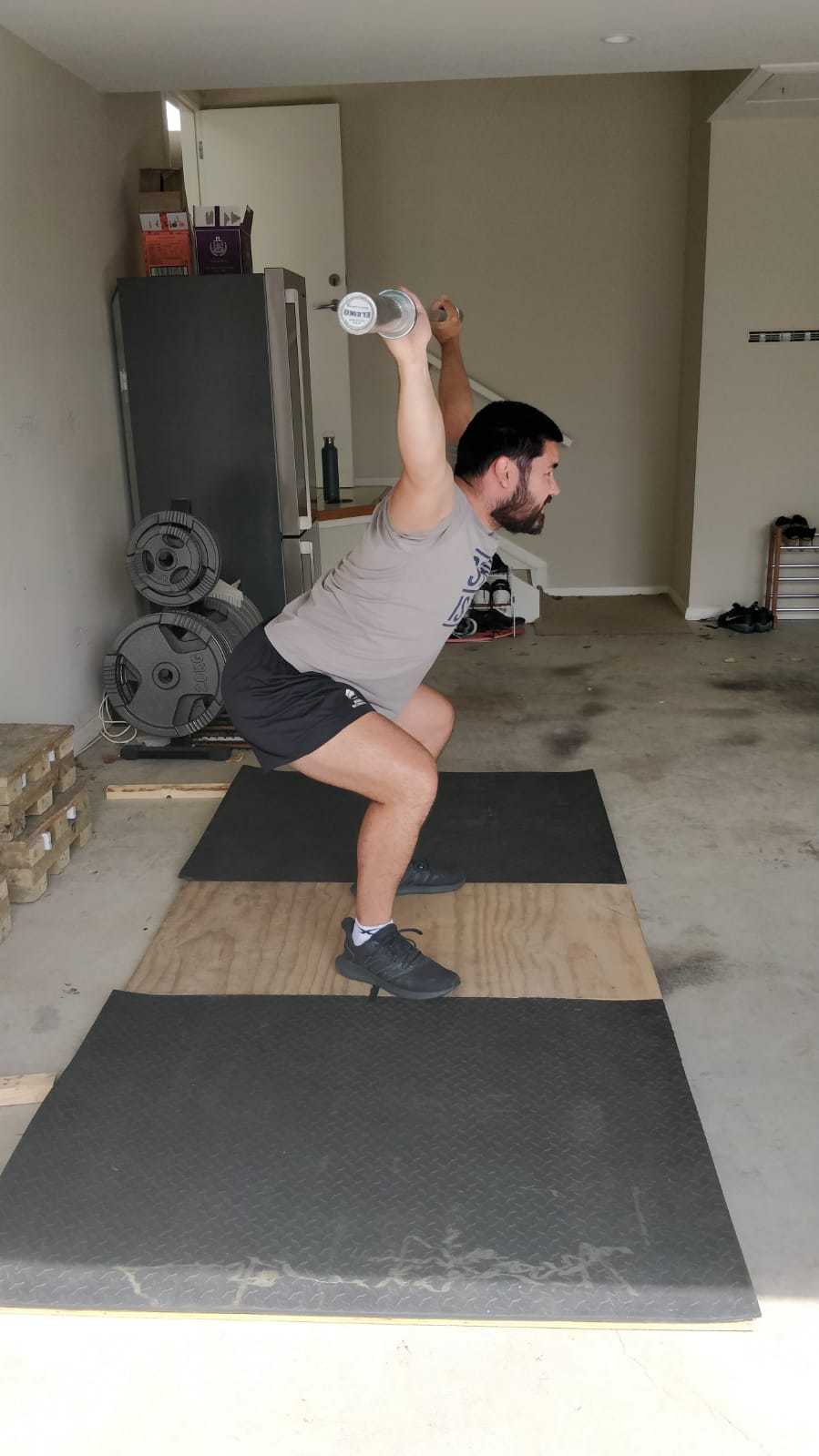
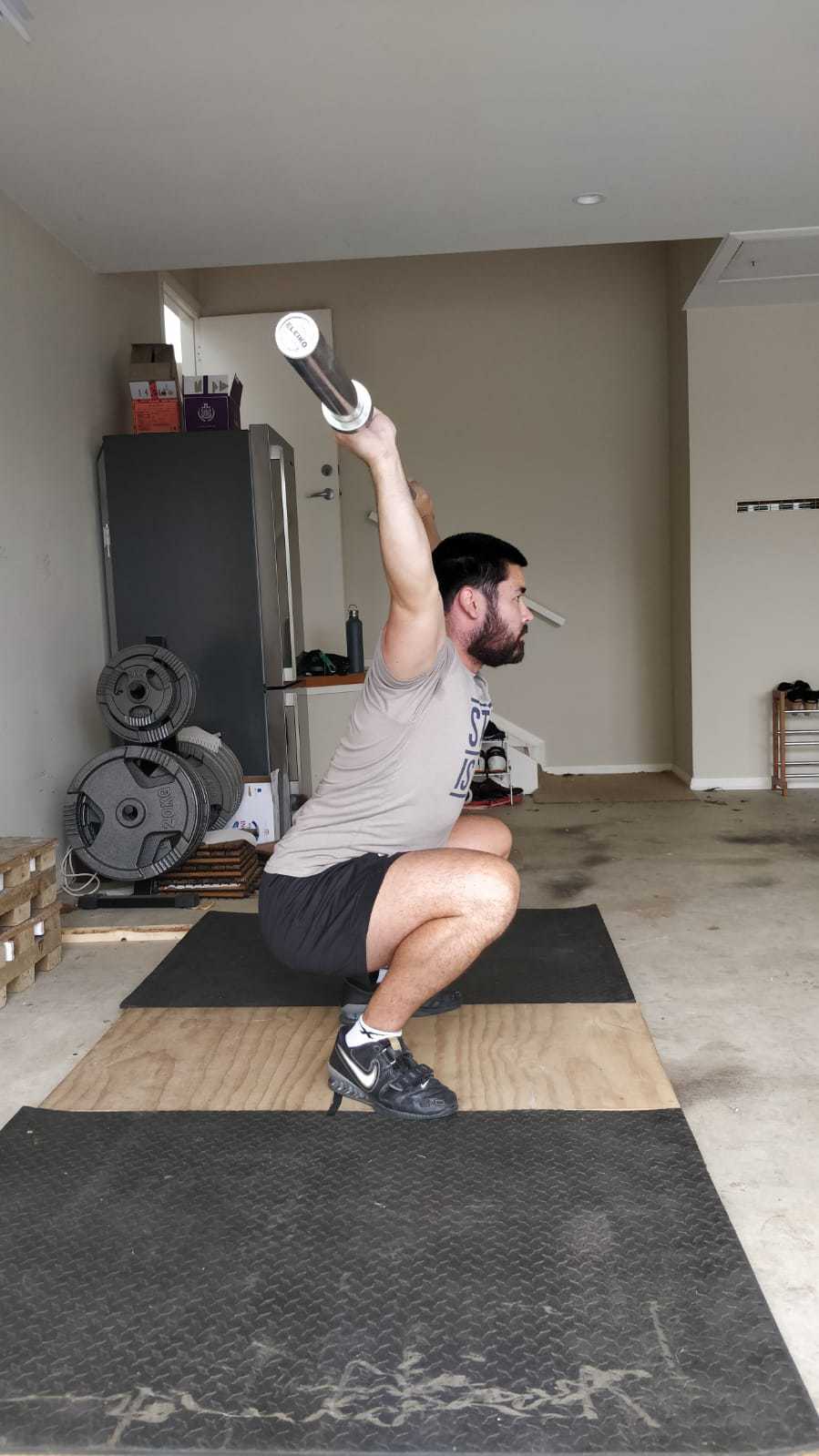
While this may lead to missing lifts or limiting your potential in Weightlifting, it may also cause undue wear and tear in your lower back, hips, and shoulders which can cause injury.
By elevating the heel, you reduce the range of motion needed at the ankle allowing the knees to travel forward freely.
While a 0.25” or a 0.5” difference may not seem like much, the feeling of the shoe and the ease you’ll find hitting different positions is dramatic.
You will be able to drastically feel the difference in very small changes in heel height.
Long Femurs Relative To Your Lower Leg And Back
Unfortunately, some of us aren’t born to be Weightlifters. But we do the sport anyway because we love it.
Having long femurs with short shin bones can make it difficult to hit the bottom position without leaning too far forward. The longer the femur, the further the knee has to travel forward. There is only so much range of motion you can have so the hips have to travel further back.
In this situation, a standard heel size of 0.75” may not be enough and you may opt for shoes with higher heels such as Velaasa Strake or Position USA P3+.
Poor Hip Structure
Some people just aren’t born to squat deep. Depending on your hip structure, your hip joint may not allow you to squat deep which means the knees and ankles have to pick up the slack.
Elevating the heel can be a quick fix to be able to hit depth.
Olympic Weightlifting Shoe With The Highest Heel
Position usa p3+
Why Might You Want To Use A Weightlifting Shoe With A Low Heel?
Some Weightlifters prefer a lower heel for their shoe for a few main reasons.
Struggle With Knee Pain
Knee pain is a common complaint among Weightlifters. Heavy squats, snatches, and cleans multiple days of the week can start to inflame the tendon in the knee causing pain during the simplest of movements.
Weightlifting shoes with high heels can exacerbate this pain. The higher heel places greater stress on the knee as it shifts further forward with greater pressure in the forefoot when lifting compared to a flatter heel.
Anecdotally, we have seen Weightlifters change to a lower heel shoe and have their knee pain disappear.
Now that’s not to say the same thing will happen to you, but it is a change worth considering to mitigate knee pain from consistent lifting.
Want A Lighter Shoe
Generally, the higher the heel, the heavier the shoe. Especially if the heel is made from wood. Lifting in heavy shoes can feel like you’re wearing bricks on your feet.
Rather, you want a balance of sturdiness along with a lightweight feel so you can feel stable on the ground and be able to move your feet quickly.
Nike Romaleo 1s were notorious for being heavy, stiff shoes which they have improved on immensely now with their latest versions.
You Already Have The Requisite Mobility
If you can already get into a deep squat position without any shoes, then buying a Weightlifting shoe with a high heel likely isn’t necessary.
In this instance, opting for a lower heel or standard heel shoe is more than enough to provide you with the stable base to lift from.
Olympic Weightlifting Shoe With The Lowest Heel
Asics tow 727
Can You Modify The Heel Height Of A Weightlifting Shoe?
Your needs regarding the heel height of your shoe may change over time. While you can’t reduce the heel height of a shoe, there are now ways you can easily increase the heel height.
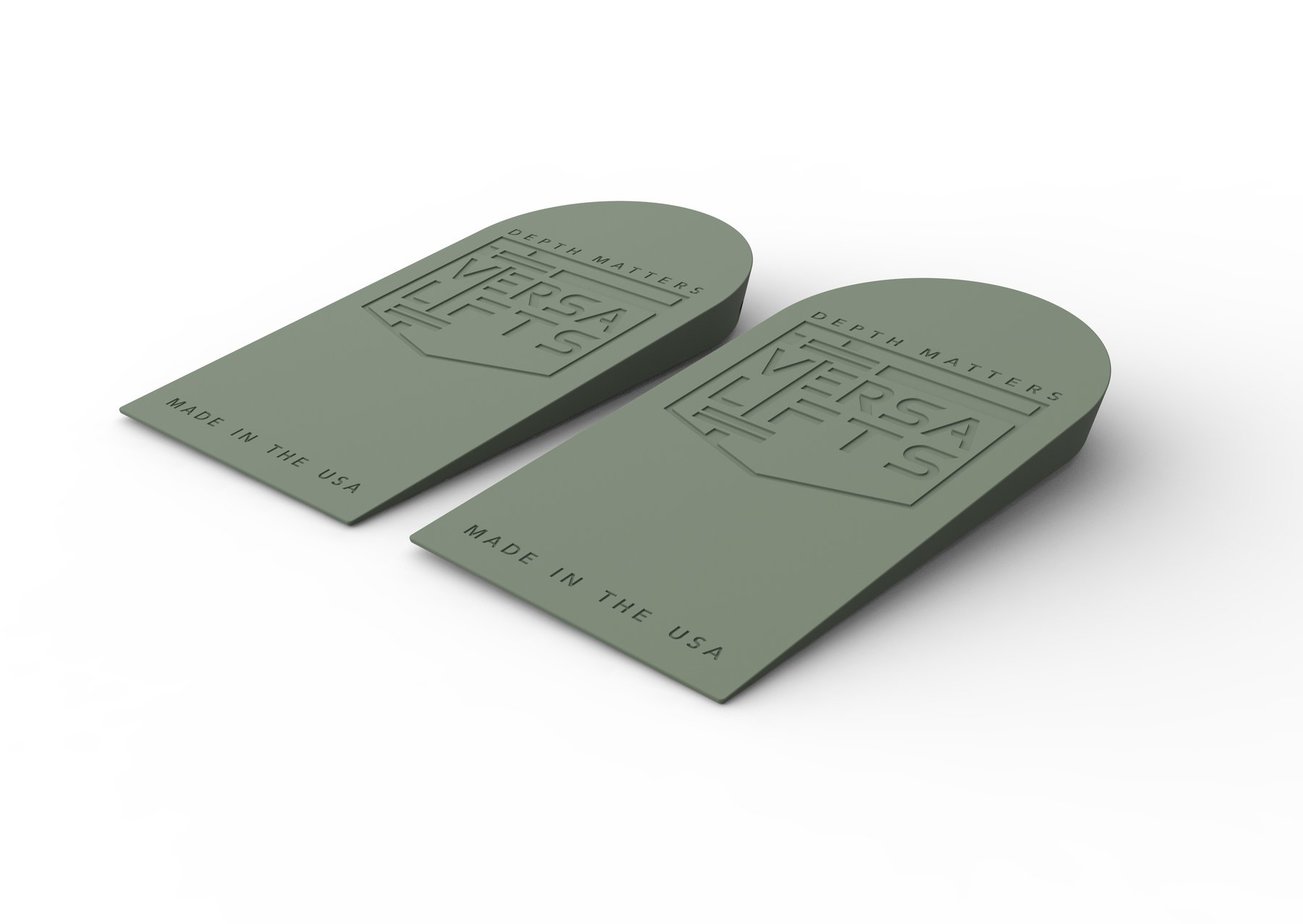
These VersaLifts V2 are something simple and easy you can insert into your Weightlifting shoes that will add an extra 0.5” of heel height.
They are designed to taper off naturally in your shoe so you won’t feel like a drop off at the edge of the VersaLift. Further, the bottom is designed as a non-slip surface so no worries about if shifting while performing heavy snatches and clean & jerks.

